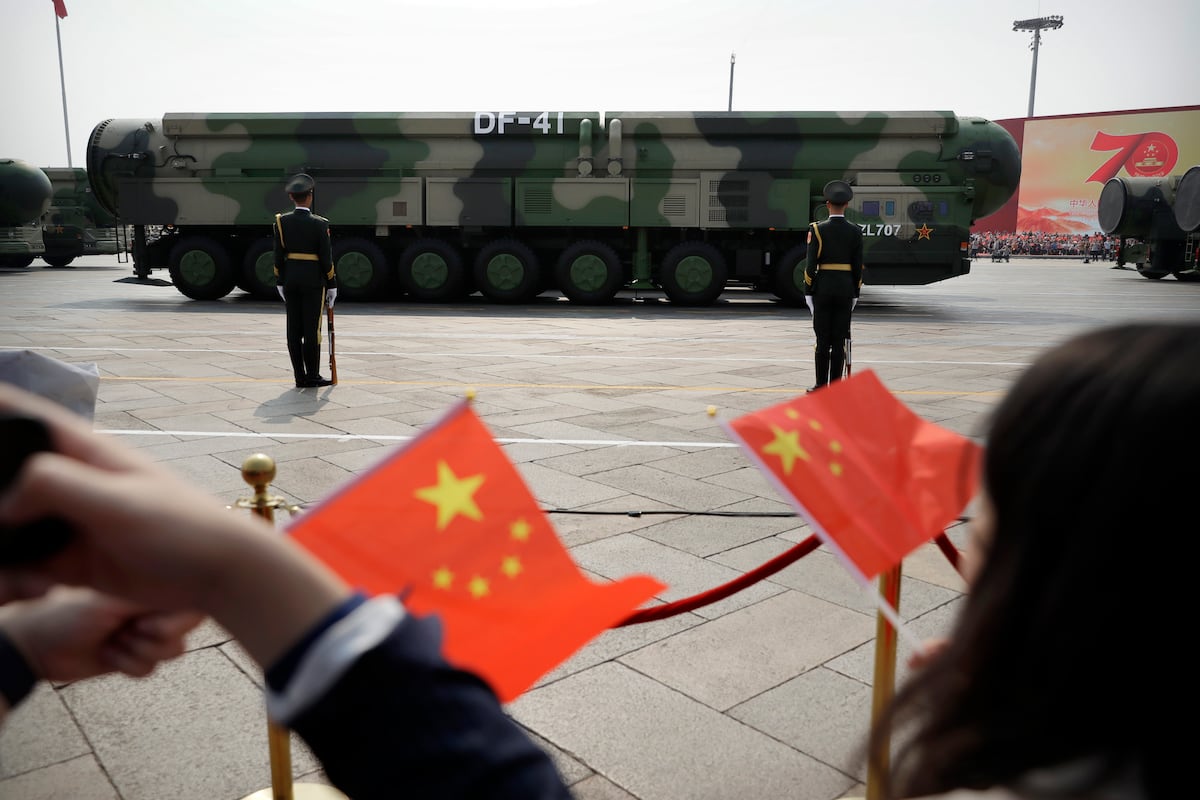Germany Advances Naval Laser Weapon Development
Introduction to the Development Milestone
The German military has recently made significant strides in its pursuit of a high-energy laser weapon, with the recent acquisition of a demonstrator developed collaboratively by Rheinmetall and MBDA. This marks a critical advancement toward deploying an operational directed-energy defense system on naval platforms by 2029.
Demonstrator Details
The containerized laser system was transferred to the Laser Competence Centre at the Technical Centre for Weapons and Ammunition (WTD 91) in Meppen on October 28. This handover follows extensive trials conducted over a year aboard the German Navy frigate Sachsen, during which the demonstrator successfully executed over 100 live-firing tests in authentic maritime environments. These tests validated the system’s capability to effectively track and engage aerial threats, particularly drones.
Technical Achievements
-
Unique Engagement Capability: The system achieved a notable first for Europe by successfully engaging targets against a clear sky background, indicating high precision without relying on geographical features as targets.
-
Proven Tracking and Response: The trials assessed the weapon’s tracking efficacy, accuracy, and rapid response to fast-moving threats, underscoring its potential to address emerging challenges in modern warfare, specifically drone attacks.
Operational Application and Scalability
The innovative laser weapon is engineered to supplement traditional artillery, including cannons and guided missiles. Its primary defensive role centers on neutralizing:
- Unmanned Aerial Vehicles (UAVs)
- Drone swarms
- High-speed surface vessels
- Potentially guided missiles at close distances
Future enhancements aim to scale the system’s capacity above 100 kilowatts, allowing it to counter threats such as supersonic missiles, rockets, and even artillery projectiles.
Collaborative Development Structure
Rheinmetall and MBDA have been engaged in joint development efforts since 2019, with distinct responsibilities earmarked:
-
MBDA Germany: Focuses on target identification and tracking, control consoles, and integration with existing command-and-control frameworks.
-
Rheinmetall: Takes charge of the aiming apparatus, beam guidance, high-energy laser source, and mechanical integration onto naval vessels.
Future Testing and Implications
Currently, the demonstrator operates at a capacity of approximately 20 kilowatts, effective against smaller UAVs and light surface targets. Future assessments will take place on land at WTD 91, which boasts one of Western Europe’s largest fully-equipped ground firing ranges.
If these ongoing evaluations fulfill German military standards, procurement decisions could be initiated in the next few years. This progress could position Germany alongside the United States and Israel as one of the few nations capable of operationalizing naval laser systems.
Conclusion
As nations increasingly turn to advanced technologies for defense, Germany’s developments in high-energy laser systems signify an important step in enhancing naval capabilities. The collaborative framework established by Rheinmetall and MBDA further enriches the competitive landscape of directed-energy systems, potentially redefining naval engagement strategies in future conflicts.





